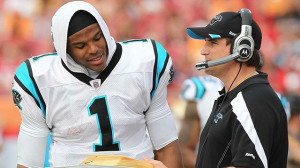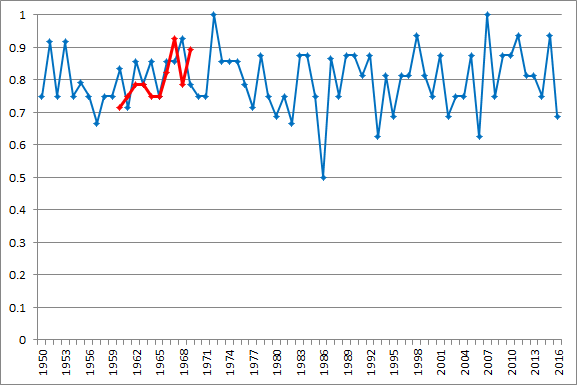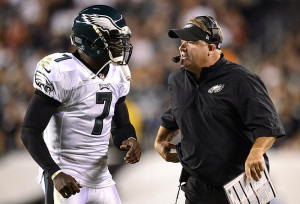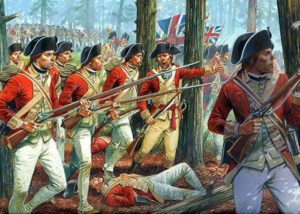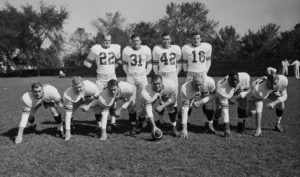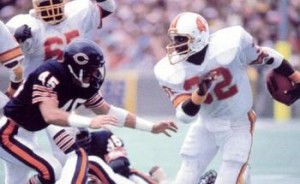Today’s guest post comes from hscer, a frequent commenter here at Football Perspective. Hscer is starting a project on his website, MVPQB.Blogspot.com, where he is working on his most valuable quarterback for each season since 1951. Here’s a sample chapter today: as always, we thank our guest posters for their contributions.
“Say What?” – Was Ken O’Brien really better than Dan Marino at any point in time? For one season, he at least had an argument.
The Stats
Marino (AP1): 336-567 (59.3%) 4137 yards (7.30 y/a) 30 TD 21 INT, 84.1 rating, sacked 18-157, 6.21 ANY/A, 12-4 record in starts (4 4QB, 6 GWD). Rushing: -24 yards on 26 attempts (-0.9 avg.), 0 TD, 9 fumbles.
O’Brien (MVQB): 297-488 (60.9%) 3888 yards (7.97 y/a) 25 TD 8 INT, 96.2 rating, sacked 62-399, 6.60 ANY/A, 11-5 record in starts (1 4QC, 1 GWD). Rushing: 58 yards on 25 attempts (2.3 avg., 0 TD, 14 fumbles.
The Argument
Yes, really. Even though Ken O’Brien took far too many sacks in ’85—62 to be exact, losing 399 yards—when he got the ball off, he was better than Marino. Even when he didn’t, his passing edge was large enough to secure a higher ANY/A than The Man in Miami. Dan Fouts was another reasonable selection despite missing four games by throwing for 3638 yards and 27 TD with a league-leading 7.02 ANY/A in the games he did play, but this year comes down to Marino and O’Brien.
Dan Marino was coming off of the greatest season an NFL quarterback has ever enjoyed in 1984, still the best ever in my opinion. This likely helped his cause. It didn’t help O’Brien’s cause that he had one of the ugliest season debuts you can imagine. In a 31-0 loss to the Raiders, he was 16-29 for 192 yards, 0 TD, 2 interceptions, and sacked a whopping 10 times for -61 yards, producing an adjusted net yards per attempt of 1.05. In the final 15 games, his ANY/A was 7.14, but the first game counts all the same. [continue reading…]


